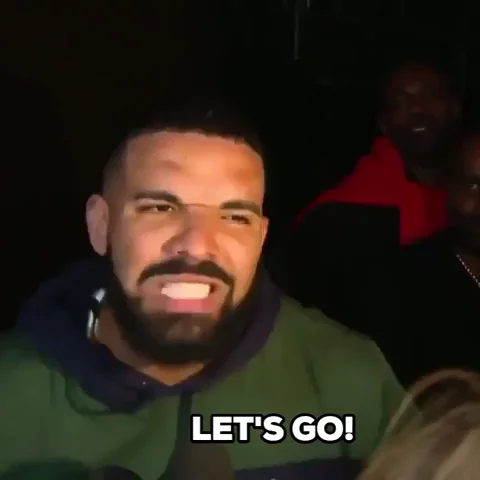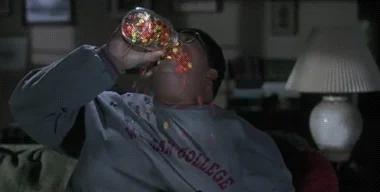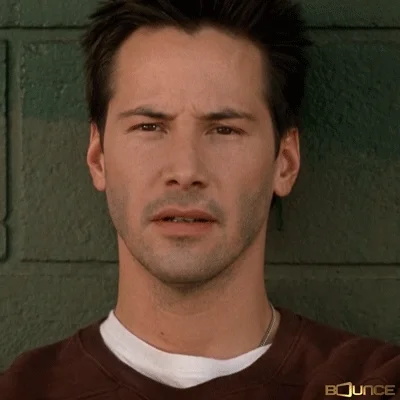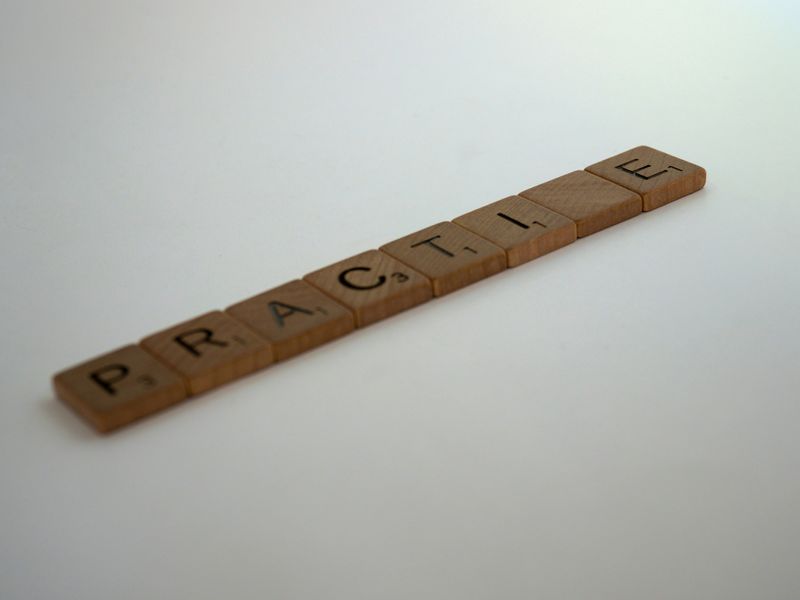
This logo isn't an ad or affiliate link. It's an organization that shares in our mission, and empowered the authors to share their insights in Byte form.
Rumie vets Bytes for compliance with our
Standards.
The organization is responsible for the completeness and reliability of the content.
Learn more
about how Rumie works with partners.
Taking a vacation? Where are you going?
Having some ice cream? How much will you eat?
These questions can help you understand the difference between "to" and "too".

To: Where are you going?
Imagine you are going on a trip. "To" is like the road that takes you to your destination. Where are you going?
"To" can also be used to talk about direction.
Which way are you going?
 Photo by Heidi Fin on Unsplash
Photo by Heidi Fin on UnsplashUse "to" for location/destination: 📌
to work 🏢
to bed 🛏️
to the store 🏪
to New York 🍎
to school 🏫
to the gym 💪
to Canada 🍁
Examples: 📌
Are you going to work?
She went to bed.
We will be going to the store.
Last year, I went to New York.
Every day, I go to school by bus.
I don't like going to the gym.
I will go to Canada to study English
Or direction: 🧭
to the left ⬅️
to the right ➡️
to the front ⤴️
to the back 🔙
to the top 🔝
to the bottom ⤵️
Examples: 🧭
The soap is to the left.
Tell him to turn to the right.
Come to the front of the class.
Go to the back of the church.
Let's walk to the top of the hill.
It fell to the bottom of the cliff.
Important note: there is another use of the word "to". We'll get to that later. 👇
Too: How much?
"Too" is used to express "excess". This means something that is MORE than needed.

He is eating too much candy.

Use "too" with adjectives like "much", "hard", "soon", and "fast" to express excess.
Special tip! "Too" is usually in the negative:
Oh No! That's too much information. (more than I want)
I ate too much ice cream. (I feel sick)
I ate too much. (I will be sick)
I was driving too fast. (The police stopped me)

It can also be used with other adjectives like:
too spicy
too hot
too tall
too high
Did you know?
This Byte was created by a volunteer professional that wanted to share this insight to help you succeed - no agenda, no cost.
The other "to"
"To" is used for location/destination/direction, as discussed above. 👆
But there is another common use of "to": an infinitive marker! 😱
When "to" comes before a basic verb, it's called an "infinitive marker."
What's an infinitive? Some verbs use their basic form, without showing past or present.
For example:
I like to swim.
I had to go home.
She hopes to learn new words.
It is important to listen carefully.
We need to eat breakfast.
The infinitive can be used as nouns, adjectives, or adverbs within a sentence.

Don't worry. We won't go too deep with infinitives. But remember that "too" and "to" are different.

Quiz
Which examples use "too" INCORRECTLY?
B and C are incorrect. They should be, " I like to drive" (don't use too with a verb) and "I go to school at 8 am" (school is a place we can go, so use "to").
Take Action
English learners and even native speakers often use "too" and "to" incorrectly. Here's what you can do to remember the difference between "to" and "too":
This Byte has been authored by
Donald Glass
Corporate Trainer/ESL Instructor/Learning Designer
